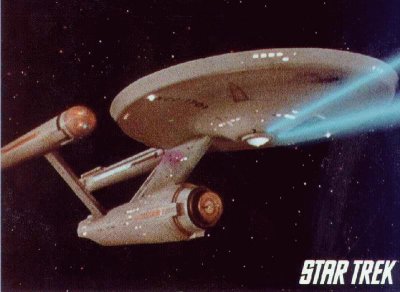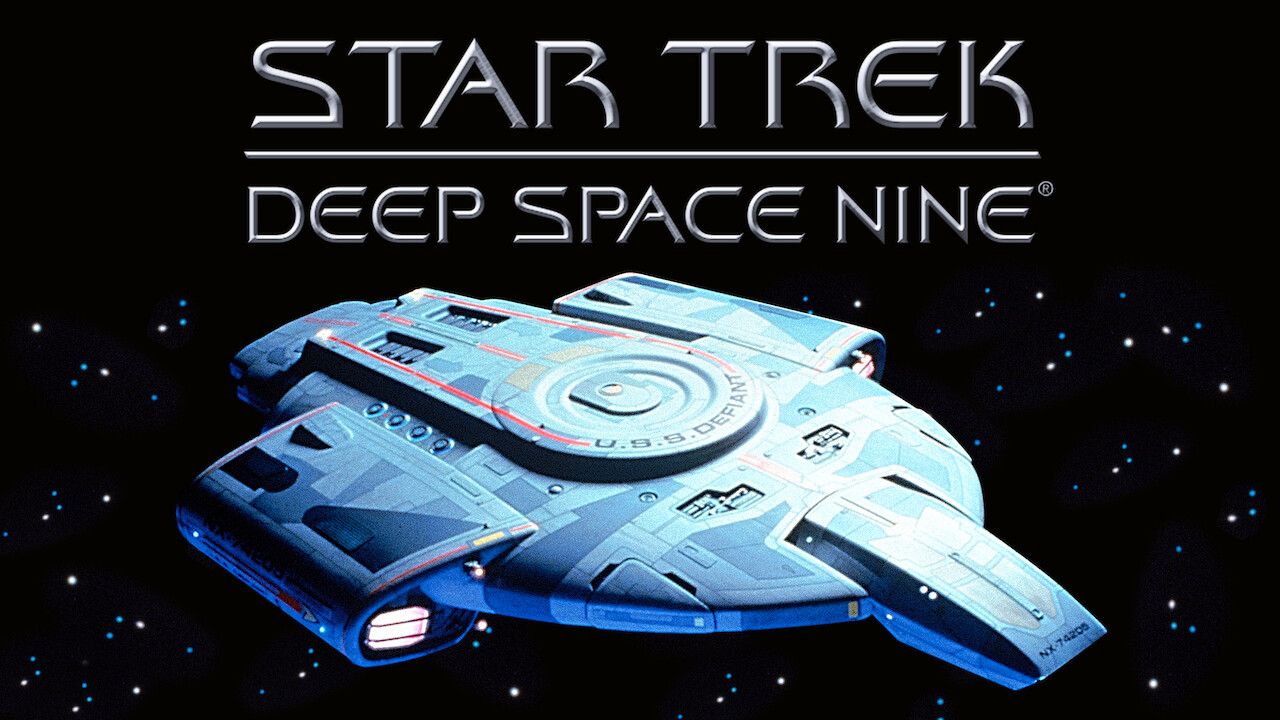

In this mode, all images open into the astronomical image display mode discussed in § 2.2. The icon shown depressed and labeled as 1 ( \includegraphics a i j a s t r o m o d e i c o n ) indicates that AIJ is in astronomy mode. Each of those icons provides direct access to an AIJ analysis tool or function. When AIJ is started, the AIJ Toolbar opens and presents the eight AIJ-specific toolbar icons labeled as 1-8 in Figure 1. We do not track the number of AIJ downloads, but we estimate that there are several hundred active AIJ users based on AIJ user forum 7 7 7 statistics. The IRAF and IDL photometric capabilities were adapted from DAOPHOT (Stetson, 1987).

We and the KELT follow-up team have verified the accuracy of AIJ against a number of traditional scientific and commercial photometric extraction packages, including IRAF, IDL 4 4 4 IDL is a product of Exelis Visual Information Solutions, Inc., a subsidiary of Harris Corporation. AIJ is deployed in multiple undergraduate university teaching labs and is also used to teach exoplanet transit analysis to high school students. AIJ is also used by the KELT science team to optimize the precision of, and determine the best detrending parameters for, all follow-up light curves that are included in the analysis of new planet discoveries.
#SAOIMAGE DS9 SCROLL UP AND DOWN PROFESSIONAL#
(Siverd et al., 2012 Beatty et al., 2012 Pepper et al., 2013 Collins et al., 2014 Bieryla et al., 2015 Fulton et al., 2015 Eastman et al., 2016 Rodriguez et al., 2016 Kuhn et al., 2016),Īnd at least 8 more in press or in preparation as of this writing.ĪIJ users on the team include amateur astronomers, undergraduate and graduate students, and professional astronomers. 2003, 2007) transit survey photometric follow-up team,
#SAOIMAGE DS9 SCROLL UP AND DOWN SOFTWARE#
It enables new users, even at the level of undergraduate student, high school student, or amateur astronomer, to quickly start processing, modeling, and plotting astronomical image data with one tightly integrated software package.ĪIJ is currently used by most of the ∼ 30 member Kilo-degree Extremely Little Telescope (KELT Pepper et al. AIJ provides research grade image calibration and analysis tools with a GUI driven approach, and easily installed cross-platform compatibility. AIJ reads and writes standard FITS files, as well as other common image formats, provides FITS header viewing and editing, and is World Coordinate System (WCS) aware, including an automated interface to the web portal for plate solving images. Although AIJ maintains the general purpose image processing capabilities of ImageJ, AIJ is streamlined for time-series differential photometry, light curve detrending and fitting, and light curve plotting, especially for applications requiring ultra-precise light curves (e.g., exoplanet transits). Here we present AstroImageJ (AIJ), which provides an astronomy specific image display environment and tools for astronomy specific image calibration and data reduction.

The image processing capabilities of ImageJ are useful and extendable to other scientific fields.

ImageJ is a graphical user interface (GUI) driven, public domain, Java-based, software package for general image processing traditionally used mainly in life sciences fields.


 0 kommentar(er)
0 kommentar(er)
